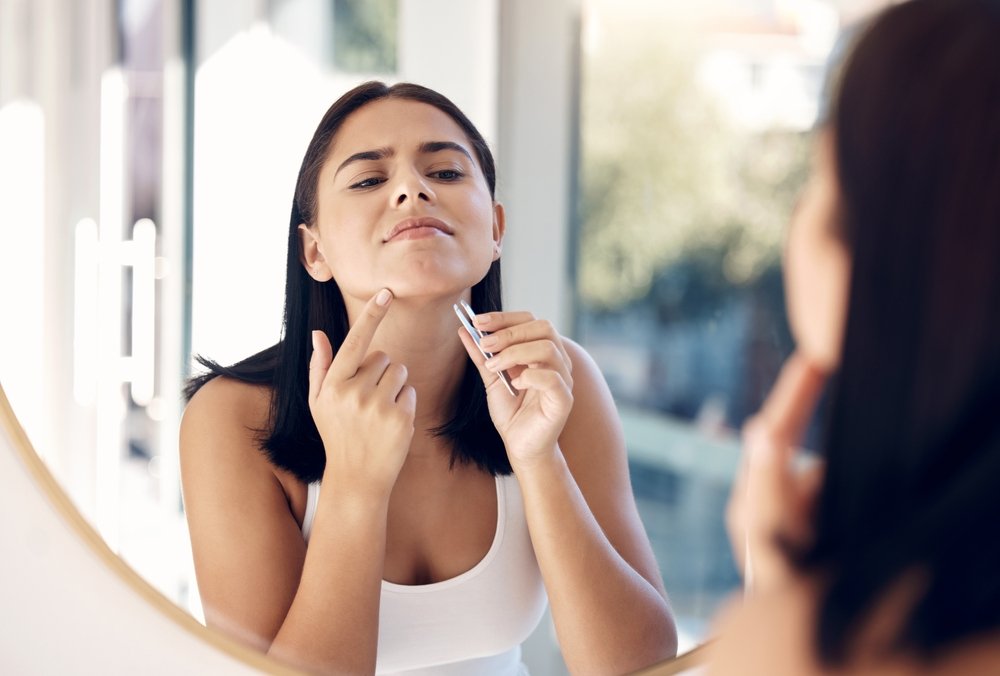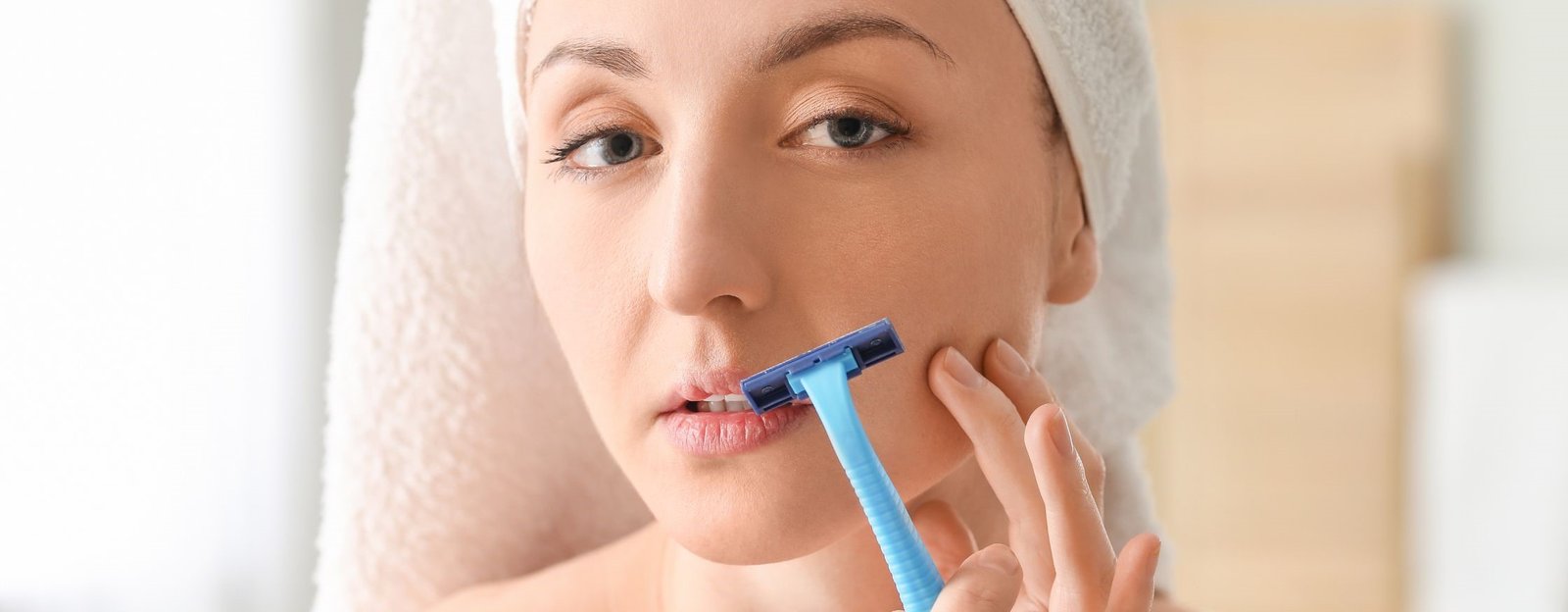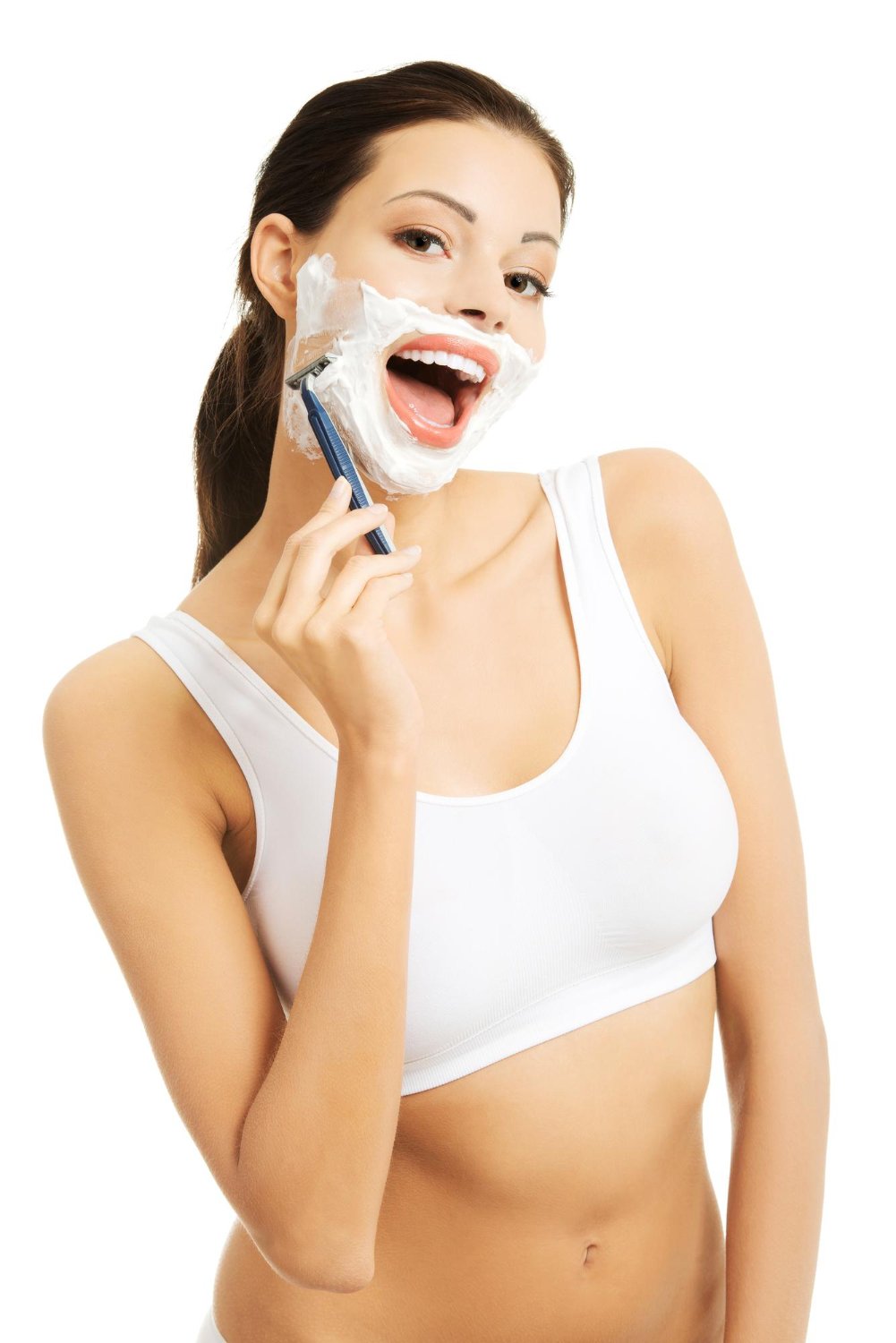- demo@example.com
- Lorem ipsum dolor sit amet consectetur.

Hirsutism is a common and visible symptom of Polycystic Ovary Syndrome (PCOS), affecting up to 80% of women with the condition. It causes excessive, coarse, dark hair to grow on the face, chest, back, abdomen, and thighs due to elevated levels of androgens (male hormones). Early treatment is crucial to avoid long-term effects and improve quality of life.

Hair grows in cycles through different phases:
Women typically have vellus hair (soft, light) on most of the body, while terminal hair (coarse, dark) is limited to specific areas. Hormonal imbalances can trigger the transformation of vellus hair into terminal hair, especially in androgen-sensitive areas.
PCOS leads to an increase in androgen production from the ovaries and adrenal glands. This can cause vellus hair to convert into terminal hair in areas such as:/p>
Hirsutism in women with PCOS can arise from multiple underlying factors. One of the primary causes is insulin resistance, which can stimulate the ovaries to produce more androgens (male hormones). Elevated androgen levels, whether from the ovaries or adrenal glands, contribute significantly to excessive hair growth. Other medical conditions such as non-classical adrenal hyperplasia and Cushing’s syndrome can also lead to hirsutism. Additionally, HAIR-AN syndrome, which includes hyperandrogenism, insulin resistance, and acanthosis nigricans, is another contributing factor. Menopause and certain medications may also trigger or worsen the condition.

Diagnosing hirsutism typically involves a combination of clinical assessments and diagnostic tests. Blood tests are conducted to check hormone levels, helping identify abnormalities that may be causing excessive hair growth. Pelvic ultrasounds are used to examine the ovaries for cysts or other irregularities. In some cases, imaging of the adrenal glands may be necessary to rule out tumors or adrenal hyperplasia. A comprehensive review of the patient’s medical history is also essential in making an accurate diagnosis.
The main objective in treating hirsutism is to reduce androgen levels and manage unwanted hair growth. Treatment options are categorized into cosmetic, advanced, and medical methods, depending on the severity and cause.
For temporary relief, several cosmetic hair removal techniques are commonly used, including waxing, threading, shaving, plucking, depilatories, and bleaching. These methods provide short-term results but do not address the underlying hormonal imbalance. Additionally, topical creams such as eflornithine hydrochloride can be applied to the skin to slow the growth of facial hair over time.
For more lasting results, procedures like laser hair removal and electrolysis are effective. Laser hair removal works by targeting melanin in hair follicles with heat, damaging them and resulting in finer, slower regrowth. It is particularly suitable for treating larger body areas. Electrolysis involves inserting a fine needle into the hair follicle and using a mild electrical current to destroy it, making it effective for smaller or sensitive areas.
Medical therapy is aimed at correcting hormonal imbalances. Hormonal birth control is often prescribed to regulate estrogen levels and suppress the production of androgens. Anti-androgens and androgen receptor blockers help reduce the impact of male hormones on hair follicles. In more severe cases, steroids may be used to limit adrenal gland activity, while GnRH analogs can suppress ovarian androgen production.
Each treatment plan should be individualized based on the patient’s specific condition, severity of symptoms, and overall health. Combining cosmetic techniques with medical therapy can provide the best outcomes for managing hirsutism in PCOS.